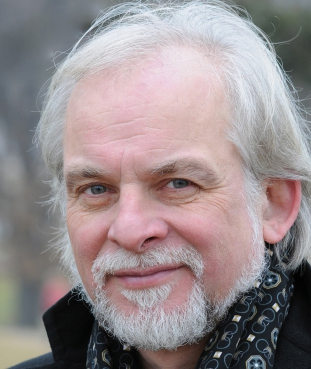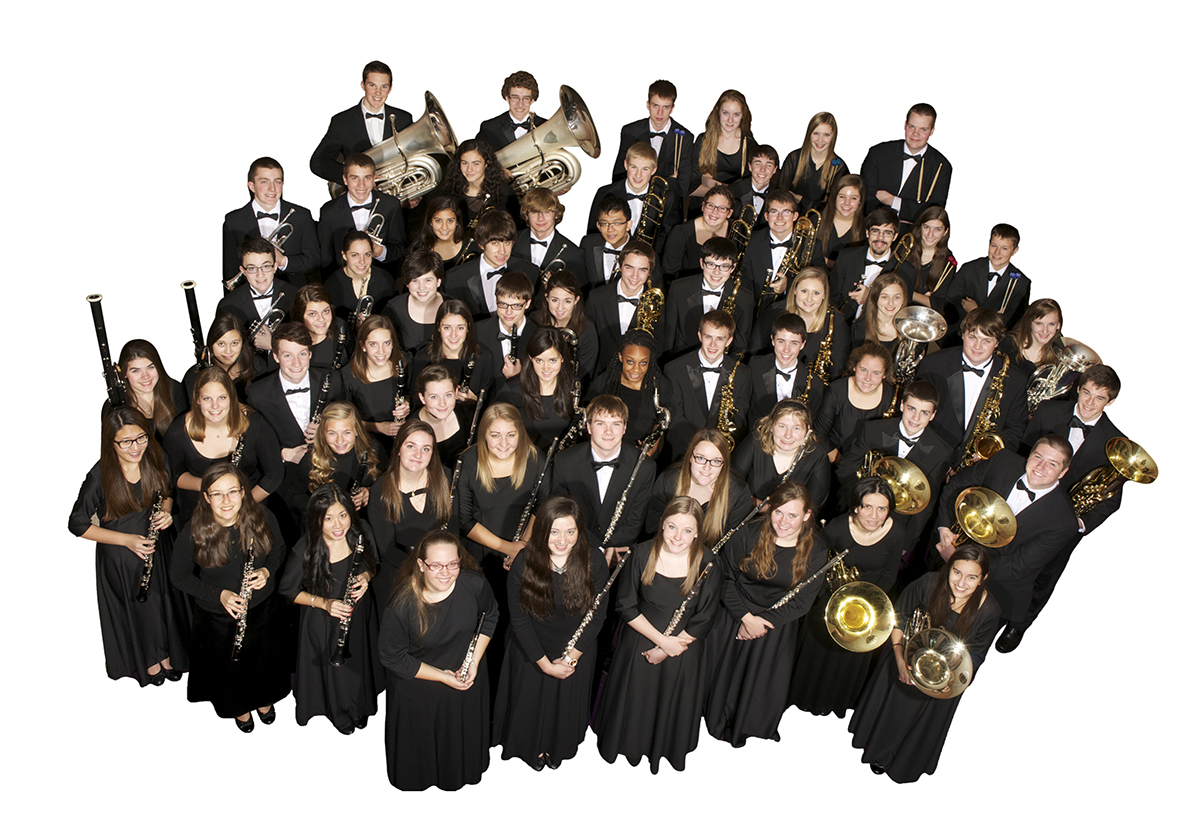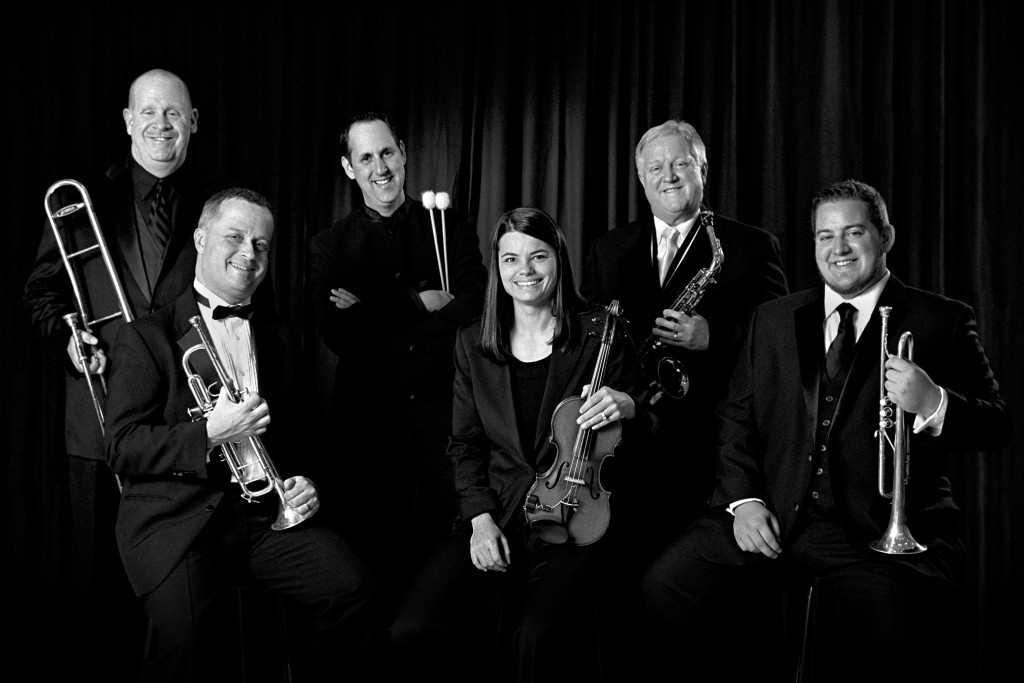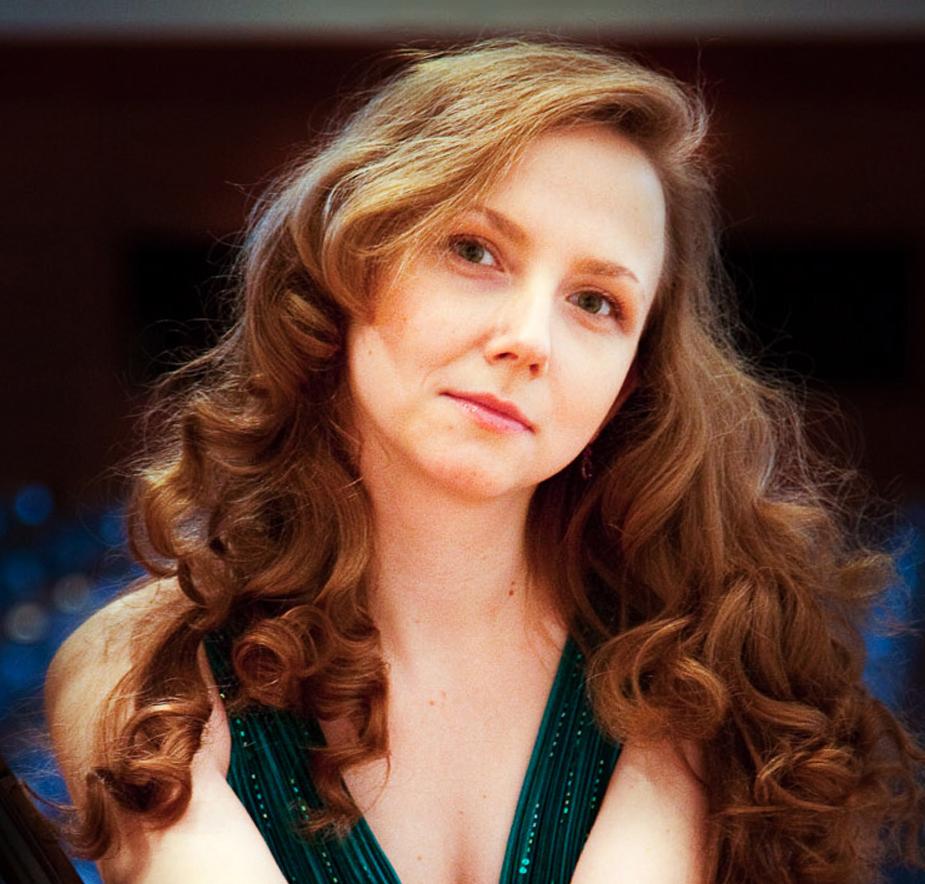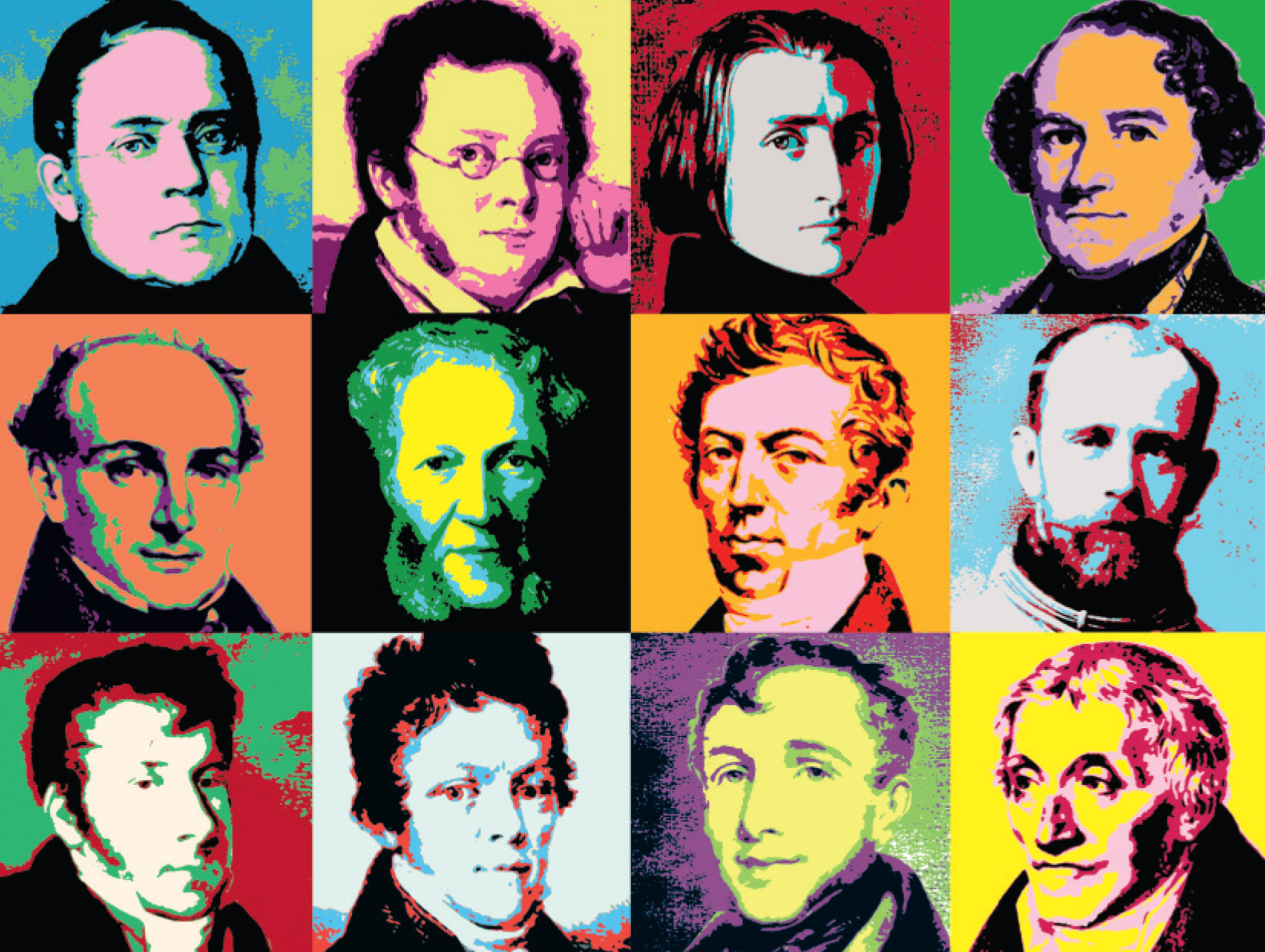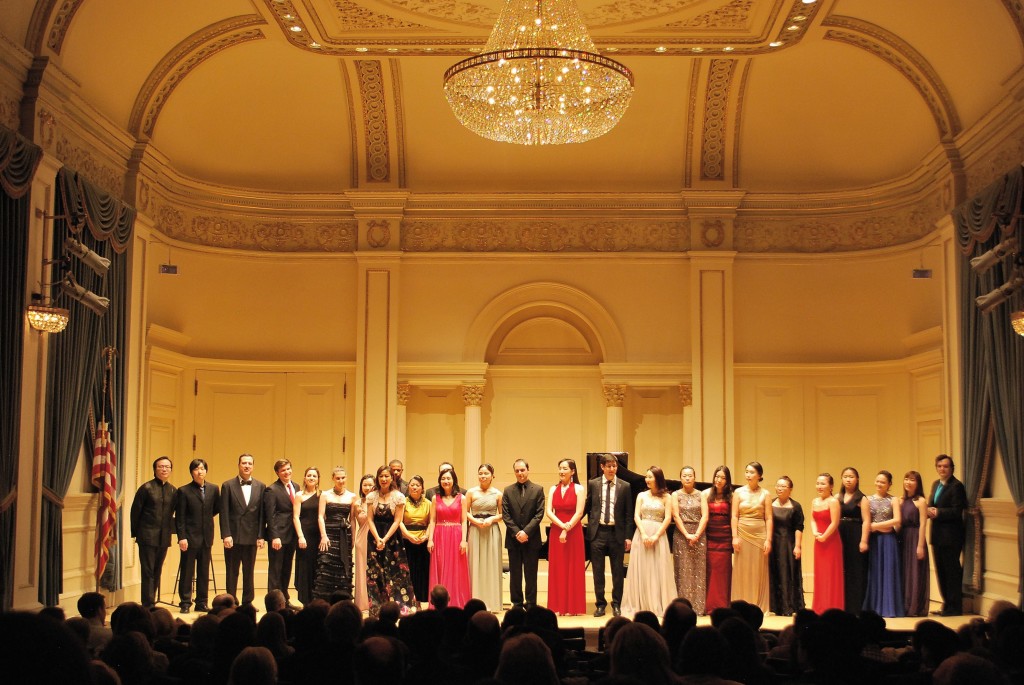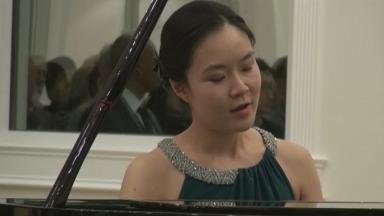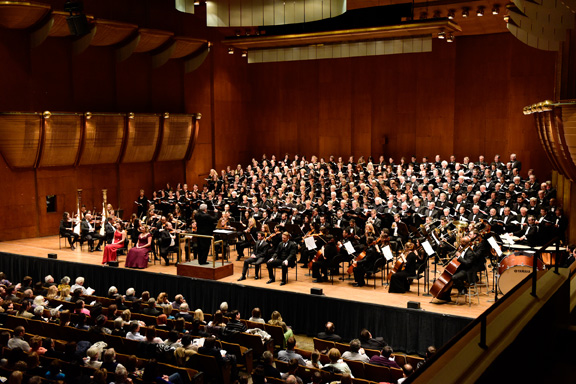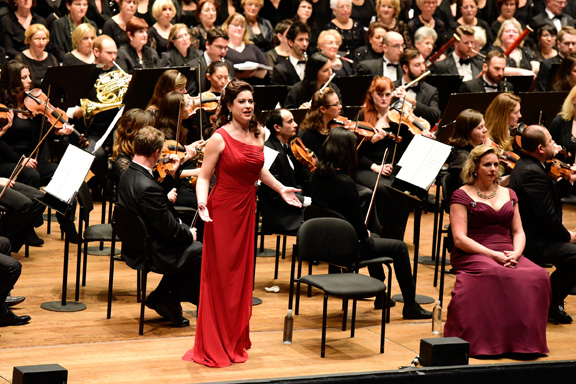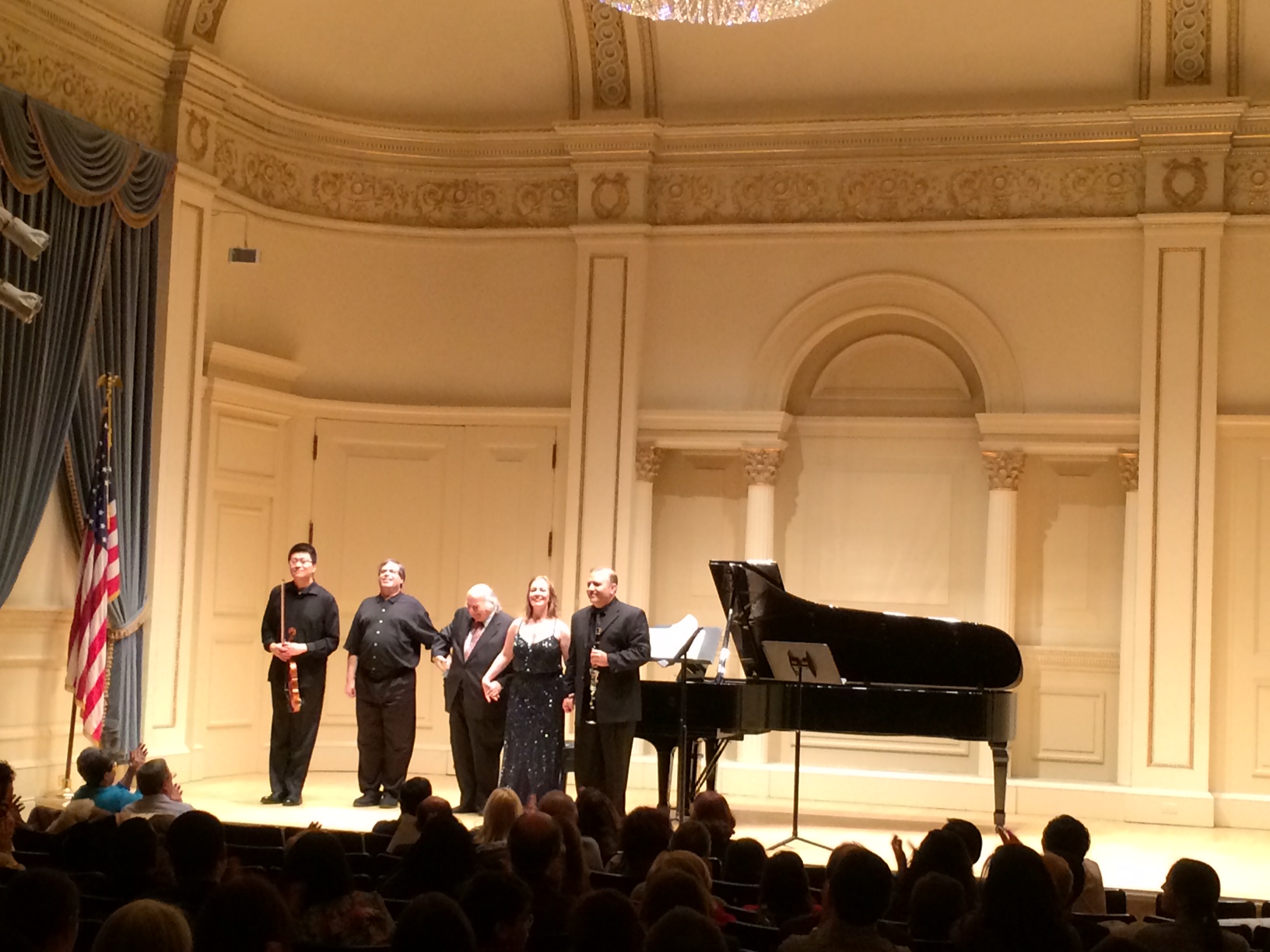New York Concert Artists & Associates Present the 2014 Carnegie Debut Recital Winner
Sergey Kuznetsov, Piano
Weill Recital Hall at Carnegie Hall, New York, NY
Wednesday, March 11, 2015
A barn-storming firepower Russian virtuoso of the “old school” variety swept into town on Wednesday night in the person of Sergey Kuznetsov. I should qualify that by saying that in addition to absolute technical command and big line, Mr. Kuznetsov adds the virtues of a steely concentration, fierce intellect, and a great deal of lyrical intimacy. I’d say overall for me he was at his best in precisely those lyrical moments—however he generated the greatest audience excitement when giving full vent to what are his obviously huge passions about the music he is playing and what it is expressing. He took risks, and they paid off.
He began with a searching account of Schubert’s Impromptu No. 1 in C minor, D. 899, one that emphasized the implacable march-like nature of the material, but then dissolved into moments of heartbreaking lyricism, with a perfect singing legato and voicing. Mr. Kuzetsov then launched into the true curiosity of the program: his own transcription for solo piano of the great Schubert F minor Fantasie, D. 940, originally for piano four-hands. This is one of Schubert’s final compositions, and arguably the most profound work ever written for the medium of two players at one keyboard. I confess to being worried that the essential intimacy of the chamber-music genre would be lost, but my worries were unfounded. Due to Mr. Kuznetsov’s unlimited technique and total understanding of each gesture, I quickly and happily surrendered to this version. Interestingly, the unavoidable need for him to leave out at least some of the notes led to an increase in transparency for the piece as a whole. I only missed some of the massive climactic sonority in the final fugal section, which needed deeper basses.
He then turned to his fellow Russian, the deeply mystical, often misunderstood Scriabin. First he teased out the brief, evanescent mini-dramas of the Three Pieces, Op. 45, from Scriabin’s fully-formed mysterious late-style period. They progress backwards, with the final short piece called Prelude. Perfectly rendered, as they were here, their enigmas remain unsolvable. Mr. Kuznetsov then played Scriabin’s Third Sonata, which still relates to the Chopinesque romantic style of Scriabin’s youth, but expands the rhythmic ambiguity greatly, on the way to the later sonatas. Here Mr. Kuznetsov’s tempestuous emotions added immensely to the success of the work. I’d like to add also, that he understands something very important abut Scriabin: if you merely do literally what is on the page, often the music just “lies there.” Mr. Kuznetsov possesses the secret of what I call the “Scriabin rubato,” which knows when to surge forward, pull back, and group certain notes and rhythms together in a slightly (!) altered fashion, so that the true gesture emerges. An exciting performance.
After intermission, Chopin was the subject, starting with the rarely performed Rondo à la Mazur, an early work. I had only heard it once live, at a Horowitz recital. Mr. Kuznetsov brought so much authentic mazurka characterization to the main theme that it became a dancing joy. His sparkle and glitter were in abundance too. The 24 Preludes, Op. 28, followed. This work is far from rare, even though Chopin himself didn’t perform all of them at one sitting; this only became popular in the twentieth century. Mr. Kuznetsov seemed to have an overall plan to make these mostly brief character pieces into one arching statement. To that end, he de-sentimentalized many of them, not in itself a bad thing. I felt an indefinable need for less aggression though, only at times, and just when I was beginning to get uncomfortable with it, he redeemed it with a moment or two of stunning intimacy. A very individual approach, completely admirable in such an iconic, even overplayed, work. [A note to Martha Argerich . . . I’ve finally found someone who can play Chopin’s Prelude No. 16 faster than you, with no dropped notes, musically, and live!]
He favored his enthusiastic audience with two encores: the Chopin Berceuse, Op. 57, which contained all the delicacy I craved in the Preludes. Then the monstrously difficult Godowsky/Strauss: Symphonic Metamorphoses on Themes from Die Fledermaus. This piece contains enough notes for six hands, or, if you’re lucky enough to have him: one Kuznetsov.


